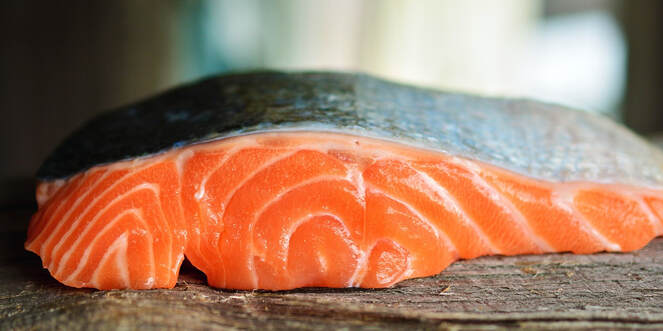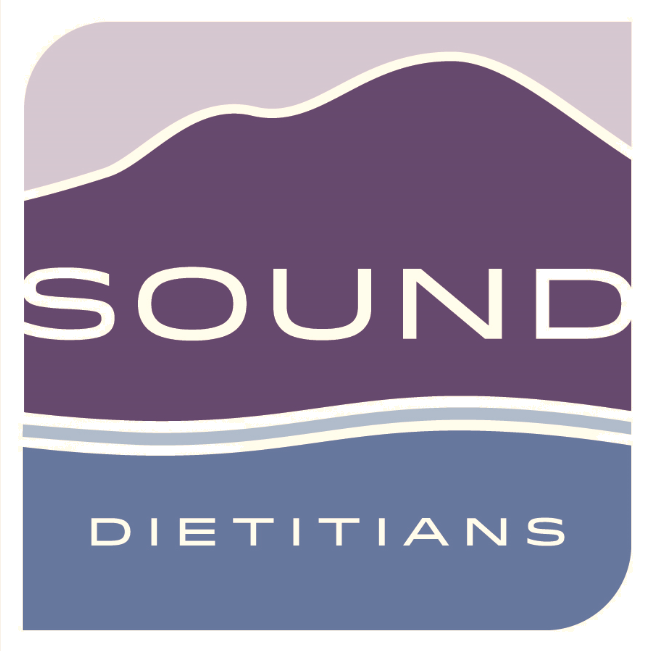|
Maintaining a healthy heart starts with the food we eat. Common staples in the American diet include lots of salt and foods high in saturated fat, making it difficult to maintain a heart-healthy diet. However, with some additional knowledge and intentional eating strategies, we can take easy steps to prevent the risk of cardiovascular diseases. Sodium Sodium, consumed as salt, is naturally found in many foods and is an important electrolyte for our bodies to function. While we need some sodium, excess sodium intake can lead to high blood pressure and greater cardiovascular disease risk. Excess sodium intake is extremely common for Americans, with the average intake being 3393 mg per day. In comparison, the recommended amount is no more than 2300 mg according to the Dietary Guidelines for Americans (DGA). There are several ways to habitually lower our sodium intake, such as:
When grocery shopping for foods, we can be mindful of sodium intake by reading labels. One useful technique is observing the calorie-to-sodium content ratio. Generally, a 1:1 ratio is ideal (e.g.100 calories:100 mg sodium per serving). An even better ratio is if the calories are higher than the sodium (e.g.100 calories:75 mg sodium per serving). By taking this approach, we can decrease our daily sodium intake from the groceries we buy. Here is a list of common groceries that are low in sodium:
Cholesterol Cholesterol is a sterol ester lipid; a waxy, fat-like substance formed in our liver as well as absorbed from some of the foods we eat. While cholesterol gets a bad rap, our bodies need it to function properly. They serve us in many ways, such as hormone creation, cell formation, vitamin D production, and bile production in our gallbladders. However, cholesterol is a non-essential nutrient, meaning that we do not need cholesterol from food since we create enough internally to serve all the functions described above. While we need cholesterol, too much of it, along with high serum fat (circulating excess fat in our bloodstream), can increase plaque buildup in our arteries, leading to cardiovascular diseases such as heart attacks or strokes. Cholesterol can be separated into two categories: HDL (high-density lipoprotein) and LDL (low-density lipoprotein):
Dietary fat: Unsaturated Fat Our dietary fat influences our total HDL and LDL, the two cholesterol categories affecting heart health. There are three types of fats we consume: unsaturated fat, saturated fat, and trans fat.
Dietary fat: Saturated and Trans Fat
Fiber Fiber is the indigestible portion of plant foods that feeds our healthy gut bacteria and regulates our digestive system. Fiber has been shown to have many beneficial effects on heart health, including lowering cholesterol and controlling blood sugar. Soluble fiber (found in oats, chia seeds, insides of fruits, etc.) can also interfere with cholesterol absorption. To enjoy the benefits from fiber, include plenty of fruits, vegetables & whole grains in your diet. In conclusion, prioritizing heart-healthy nutrition is essential for overall well-being. By understanding the impact of sodium, cholesterol (LDL and HDL), different fat types, and the importance of fiber, we empower ourselves to make informed dietary choices. Small changes can lead to significant improvements in heart health. Let's embrace these nutritional principles and take proactive steps towards a healthier heart and life. Daniel Chambers, SPU Dietetic Intern References
0 Comments
Leave a Reply. |
SD BlogA place for our consultant Registered Dietitian Nutritionists (RDNs) to share nutrition science, yummy and healthy recipes, tips on seasonal ingredients, and other nutritional musings. Enjoy! Categories
All
Archives
May 2024
|





 RSS Feed
RSS Feed